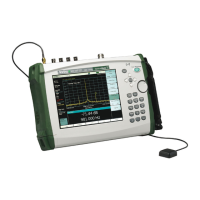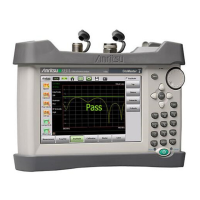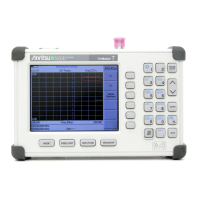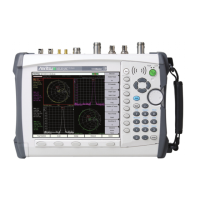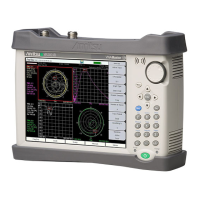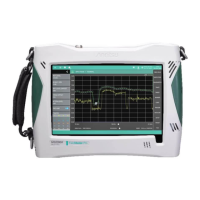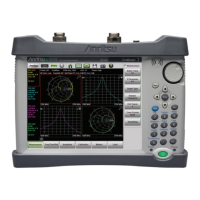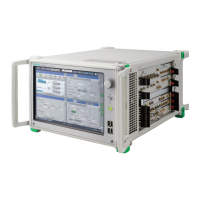General Information 1-5 Connector Care
MS2721B MM PN: 10580-00177 Rev. D 1-9
1-5 Connector Care
Visually inspect connectors for general wear, for cleanliness, and for damage such as bent pins or connector
rings. Repair or replace damaged connectors immediately. Dirty connectors can limit the accuracy of your
measurements. Damaged connectors can damage the instrument. Connection of cables carrying an
electrostatic potential, excess power, or excess voltage can damage the connector or the instrument or both.
Connection of cables with inadequate torque settings can affect measurement accuracy. Over torquing
connectors can damage the cable, the connector, the instrument, or all of these items.
Connecting Procedure
1. Carefully align the connectors.
The male connector center pin must slip concentrically into the contact fingers of the female connector.
2. Push connectors straight together. Do not twist or screw them together.
3. To tighten, turn the connector nut, not the connector body. Major damage can occur to the center
conductor and to the outer conductor if the connector body is twisted.
4. If you use a torque wrench, then initially tighten by hand so that approximately 1/8 turn or 45 degrees of
rotation remains for the final tightening with the torque wrench.
Relieve any side pressure on the connection (such as from long or heavy cables) in order to assure
consistent torque. Use an open-end wrench to keep the connector body from turning while tightening
with the torque wrench.
Do not over torque the connector.
Disconnecting Procedure
1. If a wrench is needed, then use an open-end wrench to keep the connector body from turning while
loosening with a second wrench.
2. Complete the disconnection by hand, turning only the connector nut.
3. Pull the connectors straight apart without twisting or bending.
Connectors
The following torque specifications may apply to the connectors on your instrument. To prevent damage to
your instrument, do not use pliers or a plain wrench to tighten the Type-N connector. Do not overtighten the
connector.
Type-N
The recommended torque is 12 lbf·in to 15 lbf·in (1.36 N·m to 1.70 N·m).
Type-K
The recommended torque is 8 lbf·in (0.9 N·m or 90 N·cm).
Type SMA
The recommended torque is 8 lbf·in (0.9 N·m or 90 N·cm).
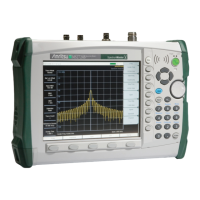
